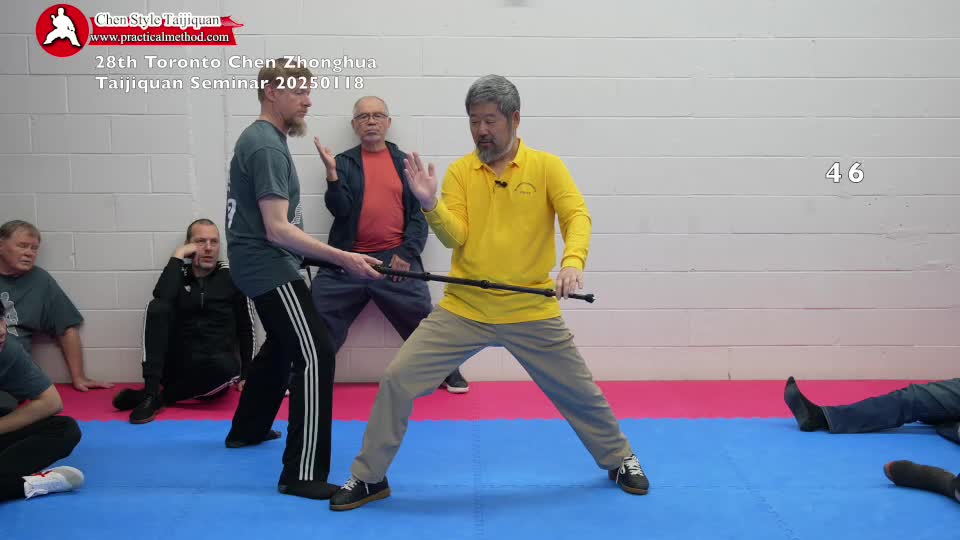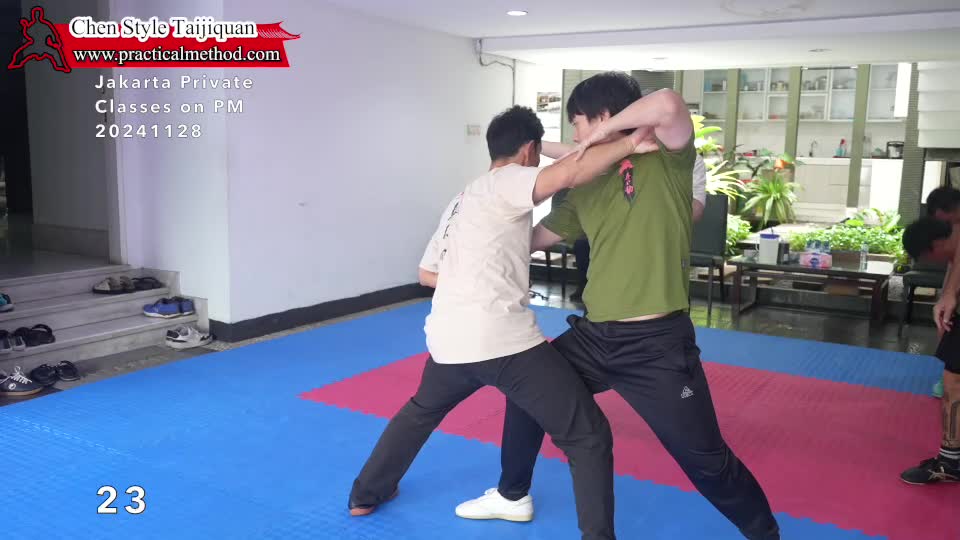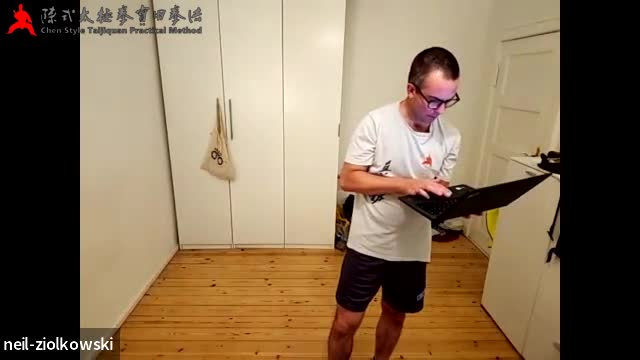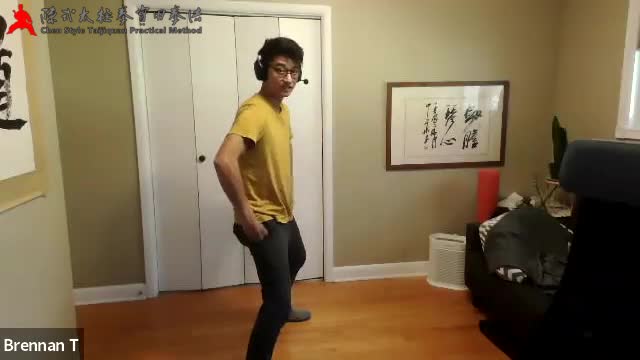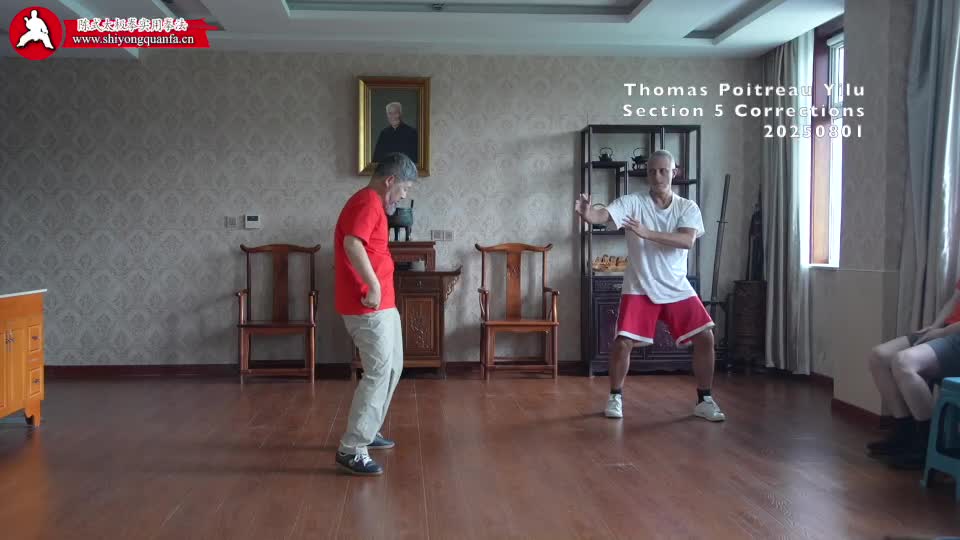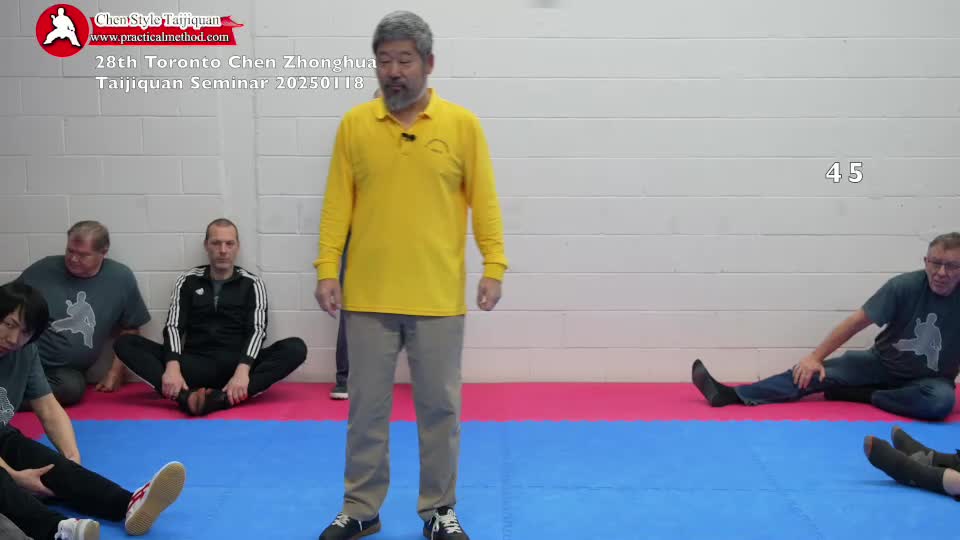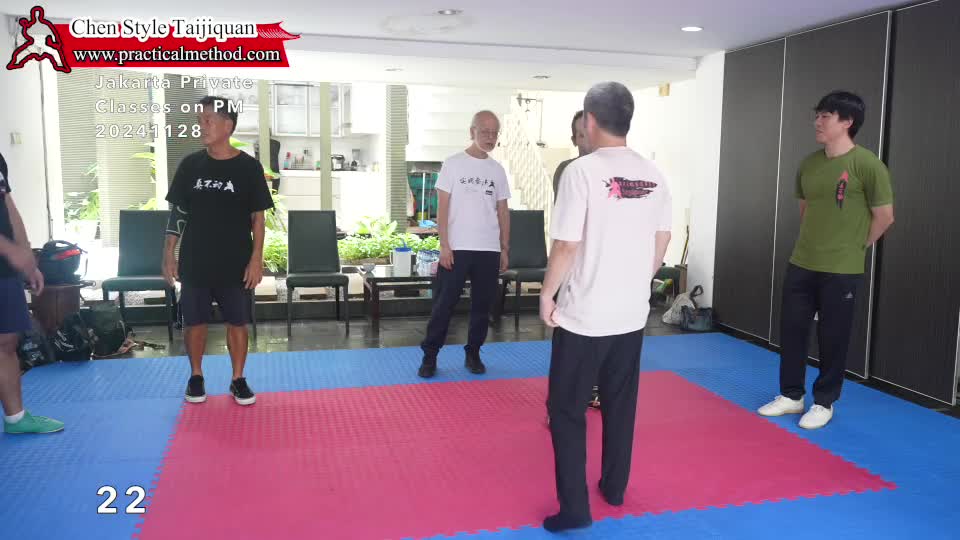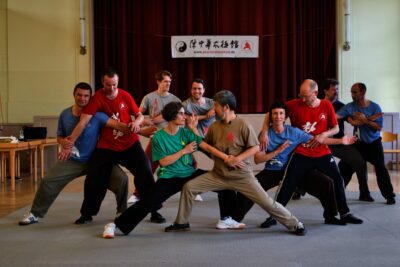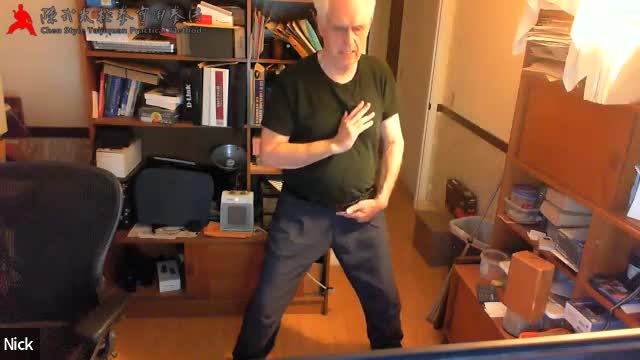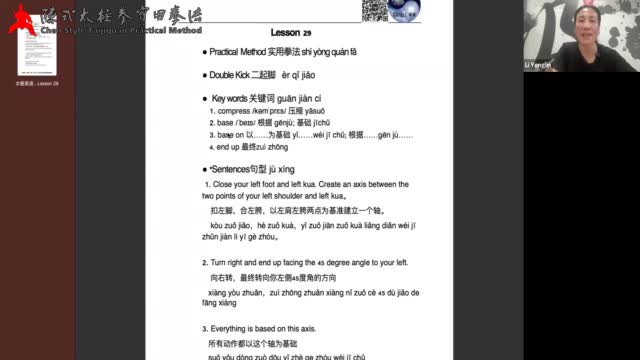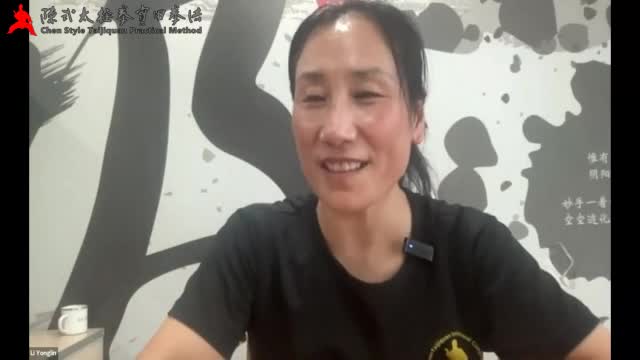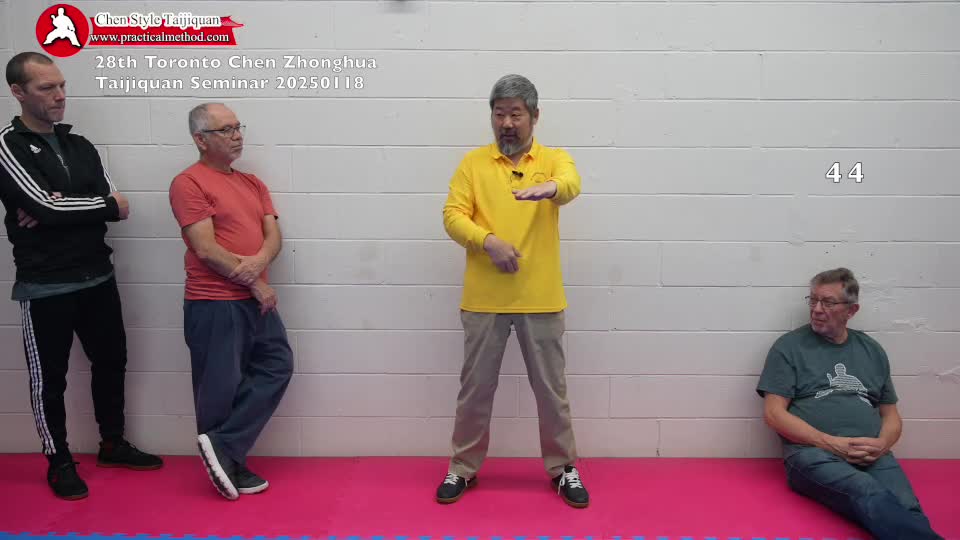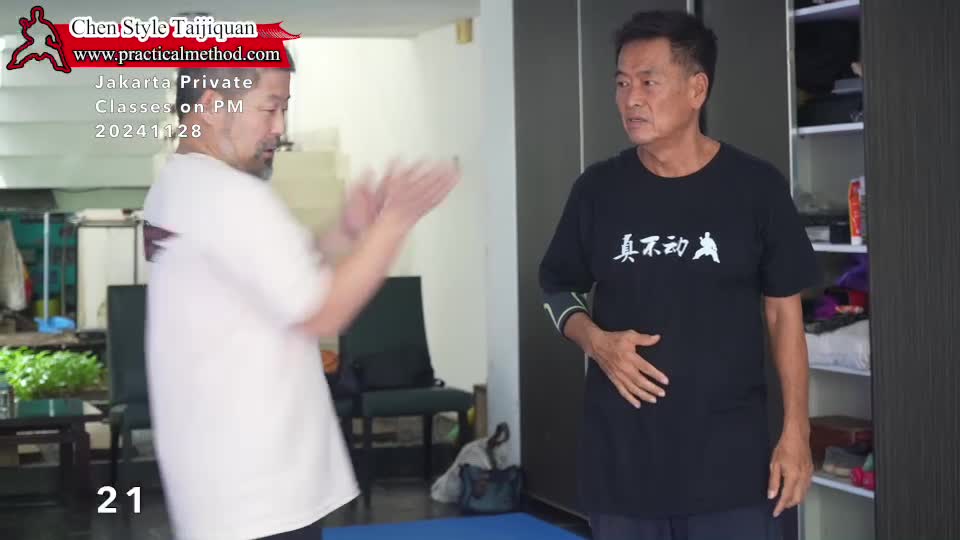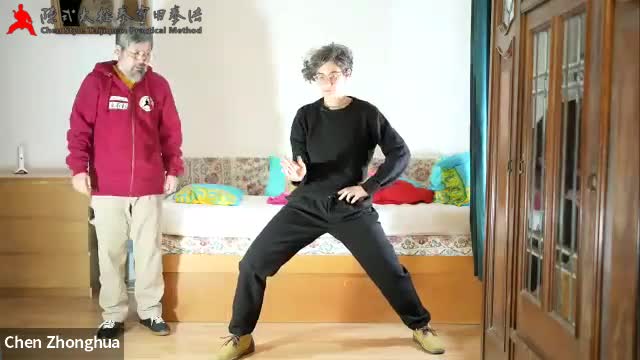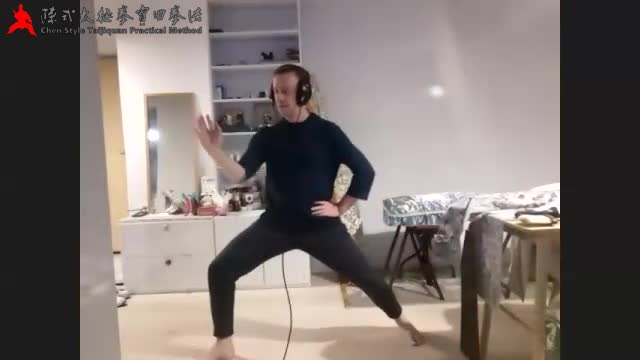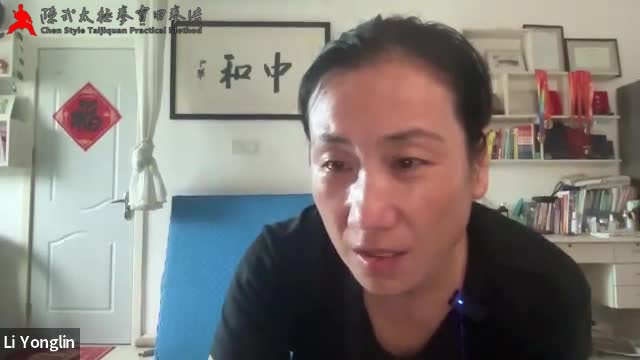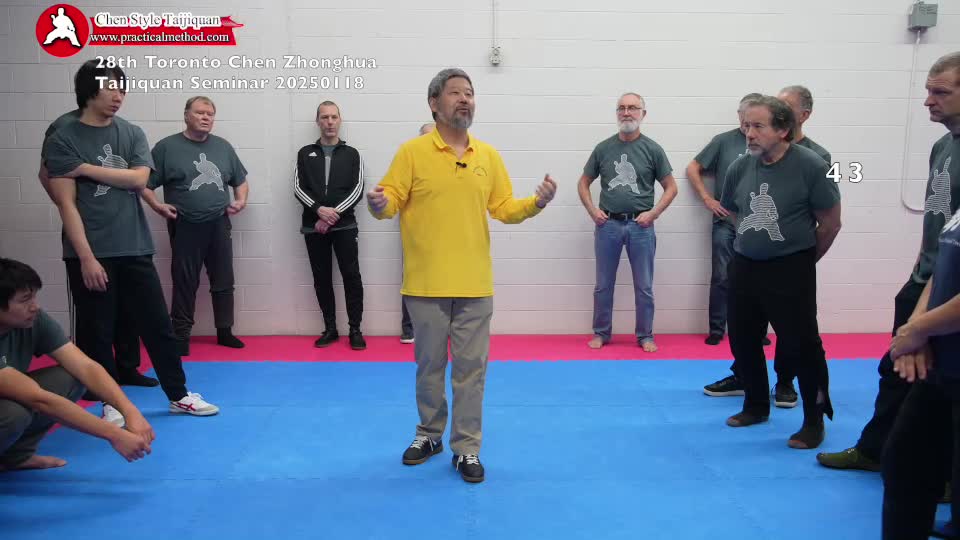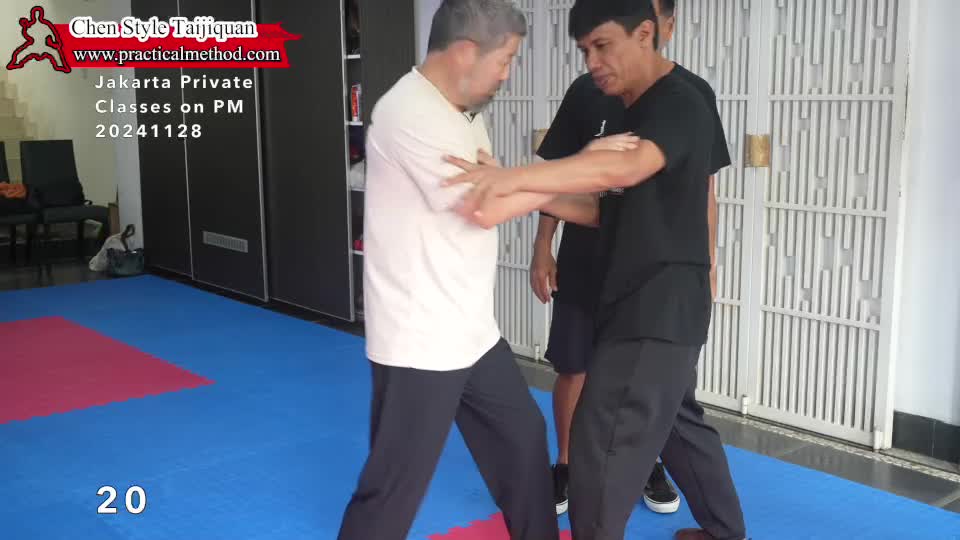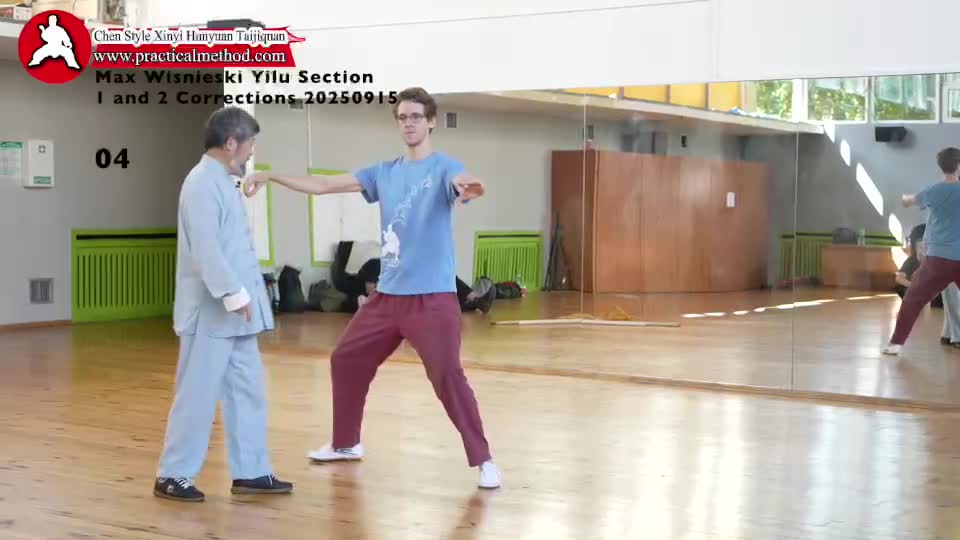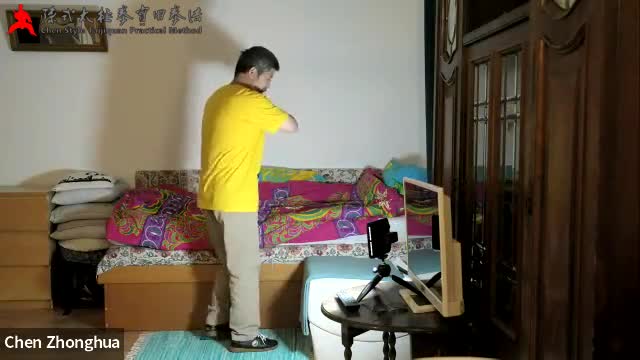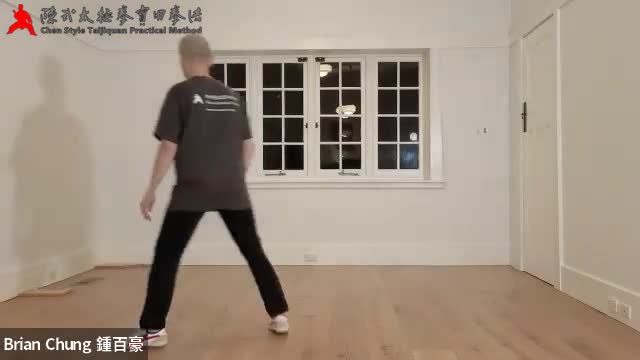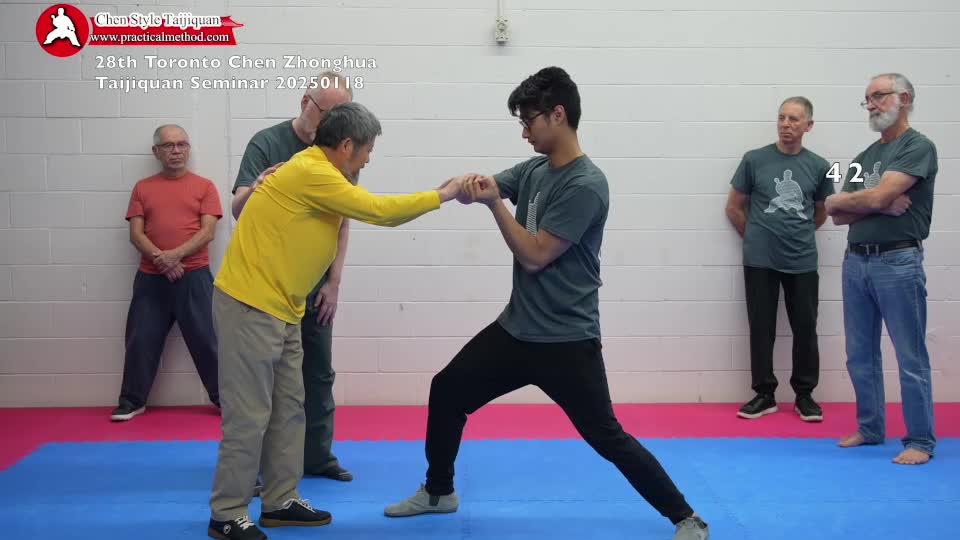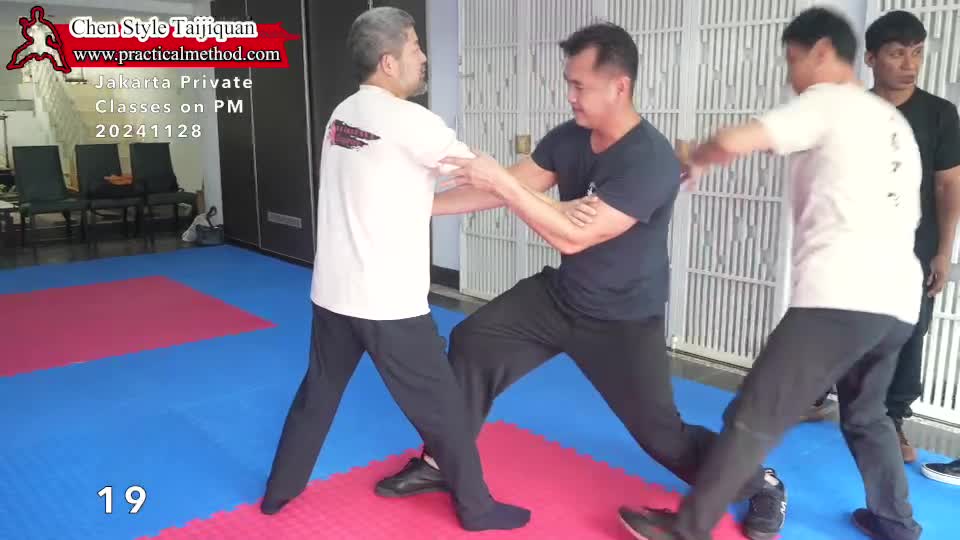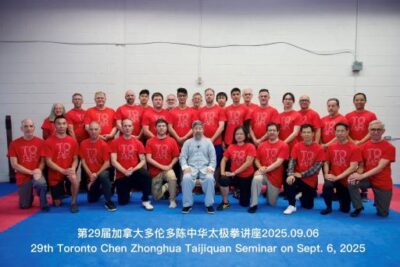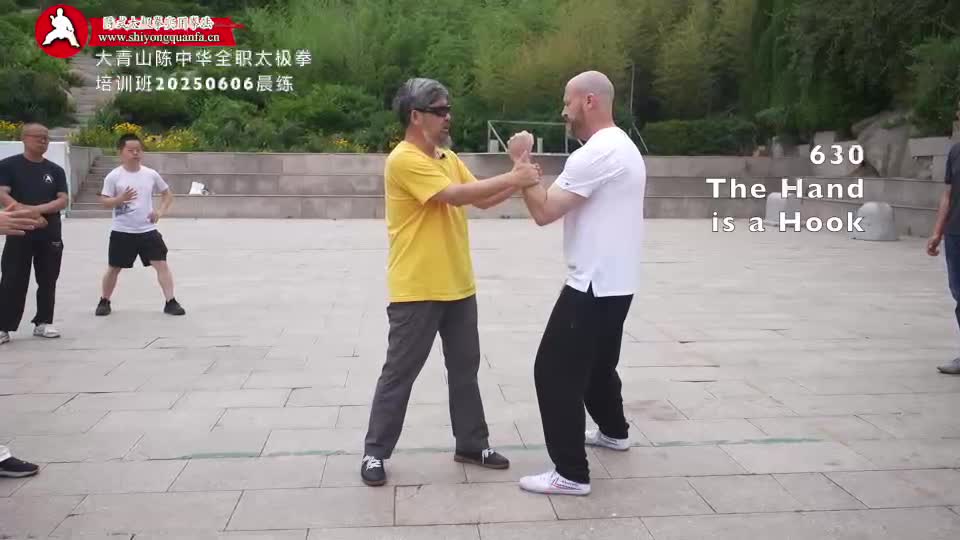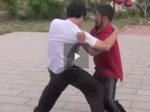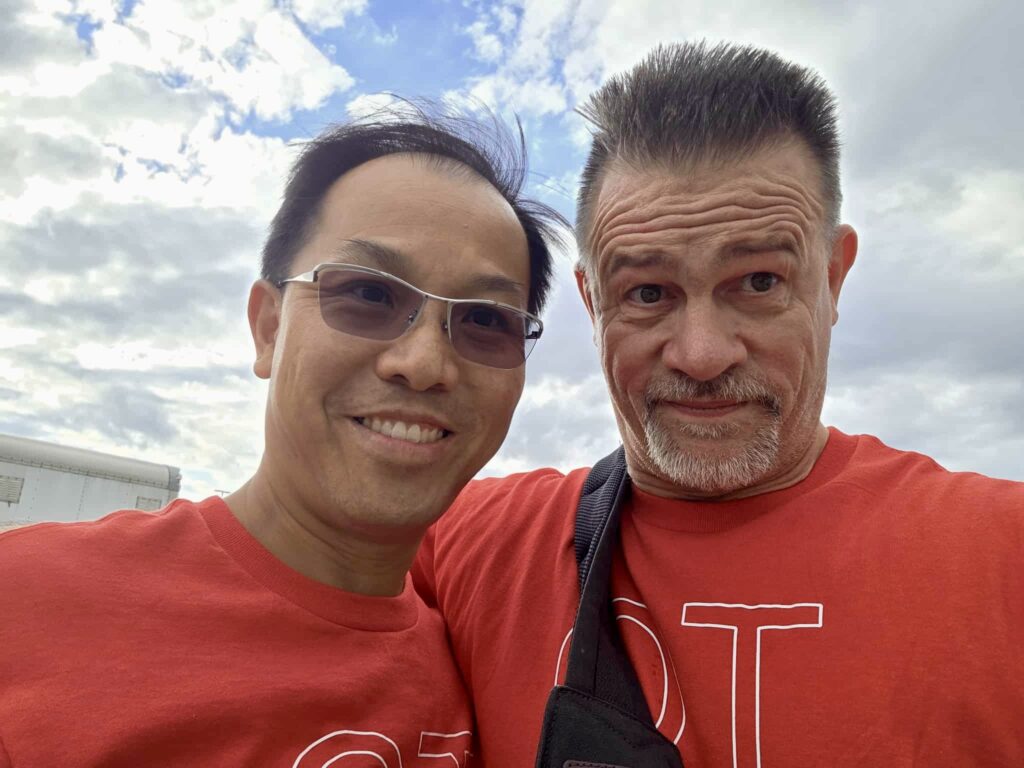
In this morning’s practice with Kelvin, he provided constructive feedback and we engaged in meaningful Taiji discussions. Two major themes emerged:
Using Joint Rotation to Create a Solid Structure
Exploring how rotation and counter-rotation of the joints create stretch, connection, and stability throughout the body.
Kelvin initially pointed out that I was losing my structure whenever I moved because I did not have an adequate “wall” behind me. To create the line I required, I needed to rotate my kua to “put it in the heel.” This revealed the principle that rotating the joints creates a stretch that connects one joint to the next.
The combination of joint rotation and stretch builds a solid structure. When two joints rotate in opposite directions, they generate a twist that cinches up the connective tissue and ligaments between them. These paired rotations exist throughout the body and across the entire form.
One clear example is the opening of the elbow: the forearm and bicep rotate in opposite directions, which not only opens the elbow but also creates a stretch and the capacity to function in two dimensions. This principle is especially visible in the posture of “lifting and blocking” within Cannon Fist, where the rotation, stretch, and connection produce a stable yet dynamic structure.
Reflections on Matching in Taijiquan
Matching in Multiple Dimensions – Recognizing that while it is possible to jam or match force in one dimension, higher-level practitioners often apply force across multiple lines, requiring matching on more than one plane simultaneously.
Another important discussion we had was about matching. During a private lesson with Master Chen Zhonghua in 2015, the main theme centered on matching power, length, and angle.
In my recent discussion with Kelvin, he emphasized that when matching an angle, an opponent may establish lines in two separate dimensions, both of which must be matched simultaneously. This was significant information for me, as it expanded my understanding of why a single match may not be sufficient.
In practice, when doing push hands with my more advanced Taiji brothers, I have often been able to jam them in one dimension. However, they frequently apply force across multiple dimensions, making a single match or jam ineffective.
This morning’s training with my Taiji brother Kelvin offered excellent insights into the depth of matching. It highlighted that true skill lies not only in neutralizing one line of force but also in perceiving and connecting with the multiple dimensions of power being expressed.

